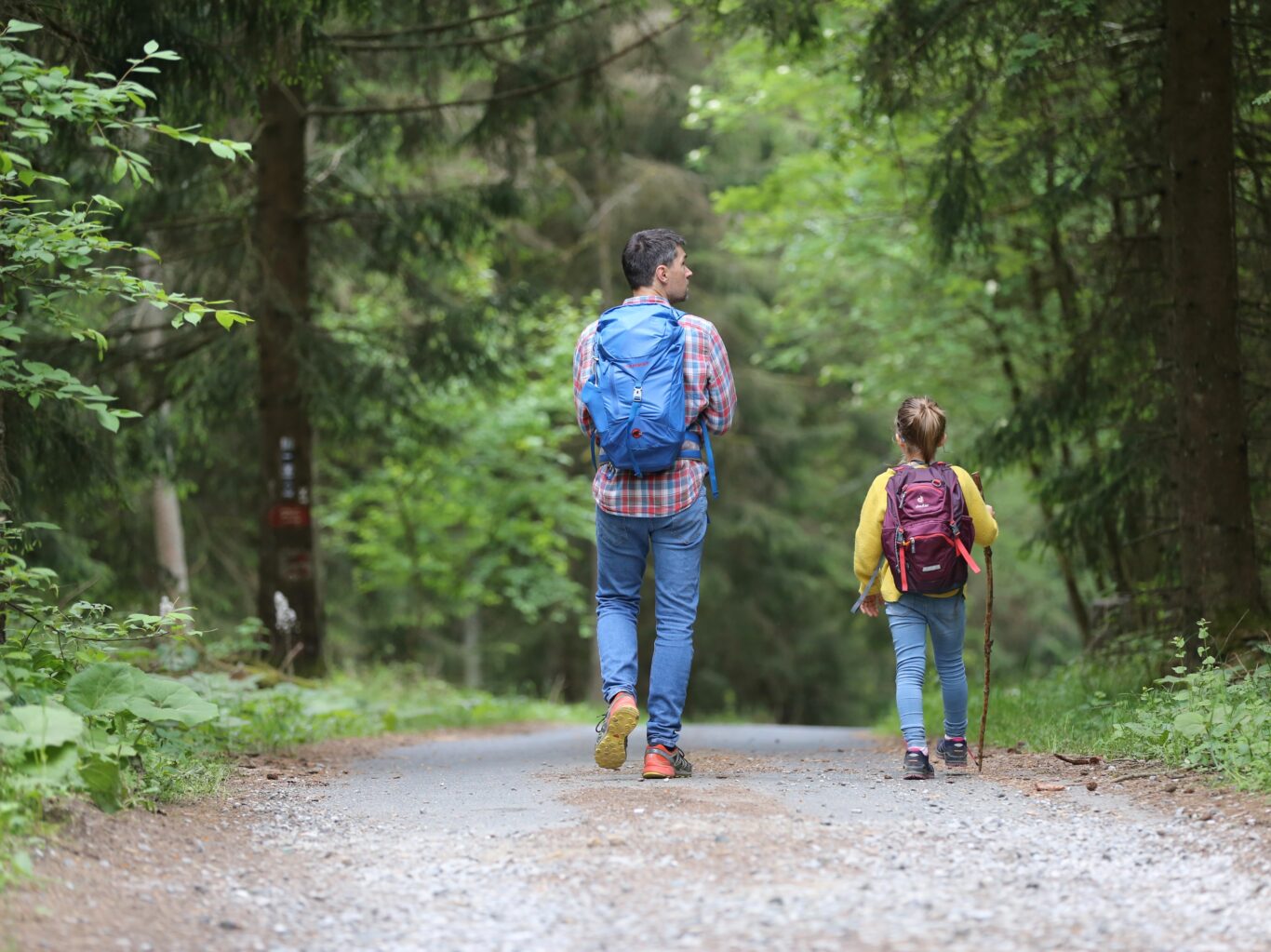
Hiking is an enjoyable and effective way to explore nature while getting some exercise. But preparation is essential to having a safe and fulfilling hiking experience. Knowing how to pack properly for such an adventure is key. By planning ahead and with a little preparation, your hiking adventure will be amazing.
Know Thy Trail
Before embarking on any day hike, the first step should be educating yourself about its trail. Understand its length, difficulty level, and elevation. Know whether or not it is a loop trail or requires backtracking your steps – in order to prepare yourself properly.
Before heading out on any trail, be sure to read up on its description or download a map – knowing exactly what lies ahead will allow you to select appropriate clothing and gear, while mentally preparing yourself for what’s to come.
Observe the Weather Forecast
If you want a pleasant hiking experience without getting soggy and muddy, it’s essential that you understand what challenges await. A simple weather search can be useful. Additionally, consider finding a site that allows users to select specific hiking spots on a map for greater precision.
General forecasts from cities or towns don’t offer much help when hiking in remote areas and higher elevations, where the weather changes quickly. Mountains often feature unpredictable and ever-shifting conditions that are impossible to predict accurately.
If hiking in a state or national park, check in with the visitor’s center or local ranger for the day’s forecast. Also, smartphone users can download apps that will give the local forecast for a specific area.
Keep an eye out for humidity and wind speed during your hike, as these factors can significantly impact both how comfortable you are on the trail as well as your ability to navigate rocks and obstacles quickly. Rain or snowfall can make surfaces wetter than desired, potentially endangering your safety; dry surfaces tend to move slower.
Know Your Hiking Partner or Group
Consider the needs of both yourself and the person or group you plan to hike with before making any plans for an outing. For instance, if hiking with someone new to hiking is on the agenda, additional first aid supplies such as bandages, blister protection bandages/tape, antibiotic ointment, etc. should be brought along as they could prove essential in case an accident should arise during your adventure.
Pack a pair of micro-spikes for winter hiking, along with a small knife or multi-tool and headlamp in case the hike extends into nightfall. Safety items such as whistles, firestarter cubes and flashlights don’t weigh much but could save your life should an unexpected emergency arise while out hiking after dark.
Food and Drink
Food that does not require refrigeration should be included, such as granola bars or nuts. A reusable water bottle will save money and plastic use while helping stay hydrated; remember to pack out all trash so you don’t contaminate the wilderness and make sure you wear breathable hiking clothes and shoes for optimal hiking performance.
Water should always be top priority on any day hike, as dehydration can cause muscle cramps, disorientation and hypothermia. At the minimum, it is suggested to bring at least half a liter per hour spent hiking – although this may differ depending on weather conditions and trail difficulty.
Essentials to Have in Your Daypack
Day hiking can be an amazing outdoor adventure, but without the necessary gear, it could turn into an arduous trek. Before setting out on your trek make sure that your daypack contains navigation supplies, weather protection gear such as umbrellas or raincoats, headlamps, first aid supplies, food, water and emergency items – as these may become indispensable during your excursion.
Waterproof bags are essential when hiking through muddy or rainy environments, while binoculars may come in handy to spot wildlife or gain a better perspective on the scenery.
Sun protection is key on any hiking adventure, particularly if you plan to spend all day outside. A hat, sunscreen, and long-acting lip balm will keep your lips and face from burning; sunglasses will shield them against UV rays while trekking poles will aid balance on steep or rocky trails; don’t forget your pocket knife or multi-tool to mend any tears in clothing or packs as needed!
Lastly, clothing made of breathable material is crucial to avoid either overheating or getting cold while hiking and an emergency blanket should always be included as backup.